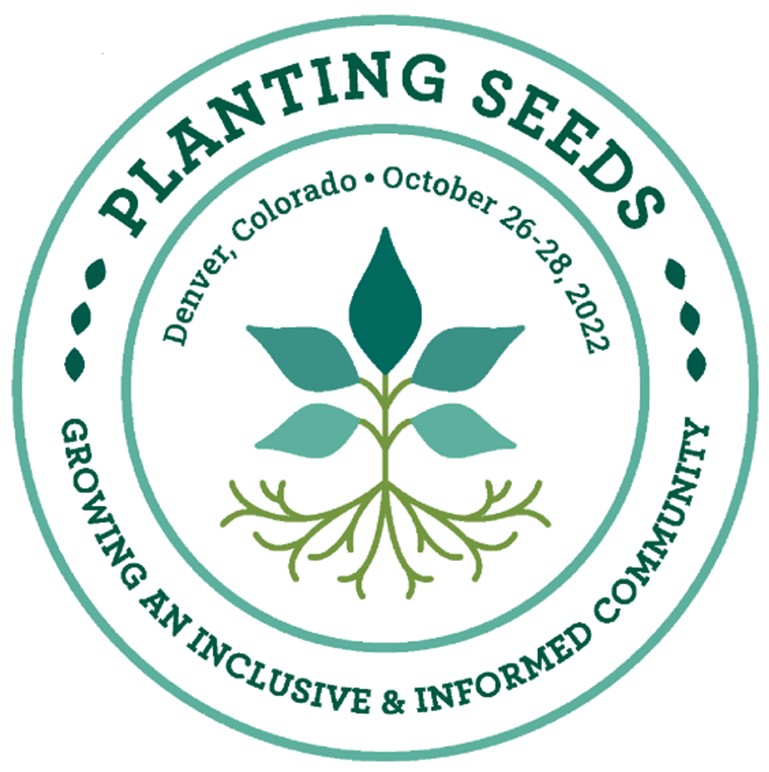[Excerpt: conclusion]
"All families and children experience transitions as they move through the educational system. Transitioning between service delivery systems such as EI and ECSE can be particularly stressful for families and children with disabilities (Lovett & Haring, 2003). The transition framework described by Rous and colleagues (2007) reminds us to focus our transition efforts on the interactions and relationships among all levels of the child’s ecological system (e.g., child, family, provider, program, and community) to promote the child’s successful transition. The family-centered practice approach encourages professionals to empower families to use their natural social supports to address both the child’s and the family’s needs (Dunst, Trivette, & Deal, 1994a; Hanson & Lynch, 2004). Demographics of today’s families indicate that a large proportion of children spend time in out-of-home care while both parents work (Children’s Defense Fund, 2003). Community child care centers may be overlooked as appropriate settings for EI and ECSE services delivery. However, when EI and ECSE agencies partner with community child care centers, they have an opportunity to build on existing family supports while minimizing transition issues at age 3 years. The vignettes presented in this article illustrated ways in which an EI agency, an LEA, and community child care centers could collaborate to promote family-centered transition practices that result in seamless, stress-free transitions for children and families." (p.28)


